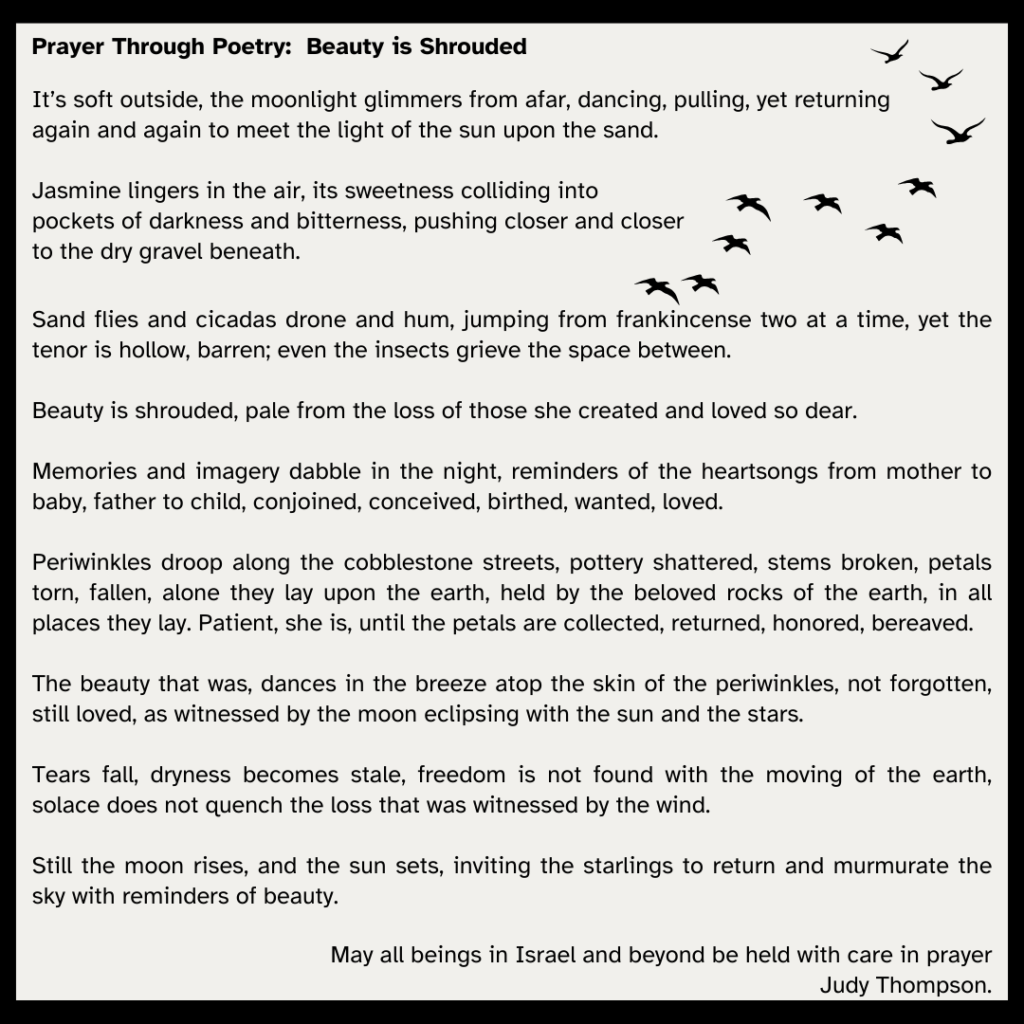
Understanding Hatred: Exploring Its Roots and Emotional Impact
Hatred is a complex emotion that can feel overwhelming, yet deeply compelling. It often arises in response to pain, injustice, or a sense of threat, shaping the way we perceive ourselves and others. Understanding why hatred feels so powerful can offer insight into our inner emotions and provide a pathway toward healing. Rather than viewing hatred as something to suppress or deny, we can explore its origins with curiosity and self-compassion, creating space for emotional resilience and growth.
The Evolution of Emotions: How Hatred Develops
Emotions are an essential part of our human experience. They inform our choices, protect us from harm, and connect us to one another. While emotions like love and joy are often celebrated, more intense and challenging emotions, such as anger and hatred, are equally important in understanding our inner world.
Hatred and Survival Instincts
From an evolutionary perspective, emotions developed to enhance survival. Hatred, in its earliest form, may have helped protect individuals and communities from perceived threats. In ancient times, ensuring group safety meant identifying and responding to potential dangers. While modern society no longer operates on the same survival-based instincts, these deeply ingrained emotional patterns still influence how we respond to conflict, injustice, or harm.
The Role of the Negativity Bias
Our brains are naturally wired to focus on negative experiences, a phenomenon known as negativity bias. This evolutionary mechanism helped early humans stay alert to danger, but in today’s world, it can intensify feelings of hatred, making them feel more consuming. When we experience hurt, betrayal, or fear, our nervous system may respond by reinforcing these emotions, making it difficult to shift toward a state of ease or understanding.
Social Conditioning and Emotional Reinforcement
Hatred can also emerge from cultural and social influences. We often develop biases based on the groups we belong to, the experiences we’ve had, and the narratives we’ve been exposed to. When these influences reinforce an “us vs. them” mentality, hatred can become a conditioned response rather than a conscious choice. Understanding these influences can help us recognize when we are responding from learned patterns rather than present-moment awareness.
Processing Hatred with Awareness and Compassion
Rather than viewing hatred as something to be avoided or shamed, it can be helpful to approach it with self-awareness. Emotions carry information—they tell us something about our needs, boundaries, and past experiences. When we pause to examine what hatred is signaling, we may uncover deeper emotions such as grief, fear, or a longing for justice.
Recognizing the Underlying Emotions – Hatred rarely exists in isolation. When we acknowledge these underlying feelings, we create an opportunity to respond with greater clarity and intention rather than being consumed by emotional reactivity. Beneath its intensity, there is often a mix of:
- Pain from past wounds that remain unresolved.
- Fear of being harmed, rejected, or misunderstood.
- A need for justice when we or others have been treated unfairly.
Breaking the Cycle of Hatred – Holding onto hatred can feel like carrying a heavy burden. Over time, it can contribute to stress, exhaustion, and emotional isolation. Here are some ways to interrupt its cycle with self-compassion and awareness:
- Self-Inquiry: Asking, What is this hatred protecting me from? What deeper emotion is present beneath it?
- Somatic Awareness: Observing where hatred manifests in the body—tightness in the chest, a clenched jaw, or an unsettled stomach—and offering gentle movement, breathwork, or grounding exercises to release tension.
- Mindful Distancing: Noticing hatred without becoming fully consumed by it, recognizing that emotions shift and evolve over time.
Mindfulness Practices for Emotional Regulation – Mindfulness allows us to witness emotions like hatred without judgment. Rather than suppressing or indulging in the emotion, mindfulness creates space for curiosity and self-awareness.
- Breath Awareness – Bringing attention to the breath can help regulate intense emotions. Slow, steady breathing signals to the nervous system that it is safe to soften and release tension. Repeating this cycle for a few minutes can provide a sense of stability during moments of heightened emotional intensity.
- Practice:
- Inhale slowly through the nose for a count of four.
- Hold for a moment, noticing the natural pause.
- Exhale gently through the mouth for a count of six.
- Loving-Kindness Practice – Loving-kindness meditation (Metta) helps shift internal narratives away from anger and toward compassion—both for ourselves and others. This practice does not mean condoning harm, it simply creates an internal shift toward balance and emotional ease.
- Practice:
- Begin by offering kind words to yourself: May I be safe. May I be at peace.
- Extend the same wish to someone you love: May they be safe. May they be at peace.
- If it feels comfortable, extend these wishes toward someone you struggle with, recognizing that all humans seek love, safety, and belonging.
Cultivating Resilience and Emotional Growth- Hatred can feel consuming, but it does not define us. As we develop awareness around our emotions, we create space for resilience and transformation.
- Self-Compassion and Healing – Rather than judging ourselves for feeling hatred, we can practice self-compassion. Every emotion arises for a reason, and meeting ourselves with kindness allows for growth and healing.
- Ways to Cultivate Self-Compassion:
- Speaking to yourself with the same kindness you would offer a close friend.
- Engaging in activities that bring you comfort, whether it’s journaling, nature walks, or creative expression.
- Seeking support from trusted individuals or professionals who can provide guidance without judgment.
- Turning Toward Connection – Hatred often thrives in isolation. Finding ways to reconnect, with supportive people, meaningful activities, or personal values, can help soften its grip.
- Ways to Foster Connection:
- Engaging in open conversations that invite understanding rather than division.
- Finding community spaces that encourage healing, whether through shared practices, mutual support, or acts of service.
- Exploring forgiveness, not as an obligation, but as a personal choice that offers relief from carrying emotional weight.
Moving Toward Emotional Freedom
Hatred is a deeply human emotion, one that often signals unmet needs, unresolved pain, or a longing for justice. By approaching it with self-awareness, mindfulness, and compassion, we can begin to loosen its grip and create space for emotional healing.
This process is not about forcing ourselves to “let go” before we’re ready. It is about learning to navigate emotions with curiosity, care, and a sense of agency. When we understand hatred from a trauma-informed perspective, we empower ourselves to choose responses that align with our deepest values, ones that foster healing, resilience, and connection.






